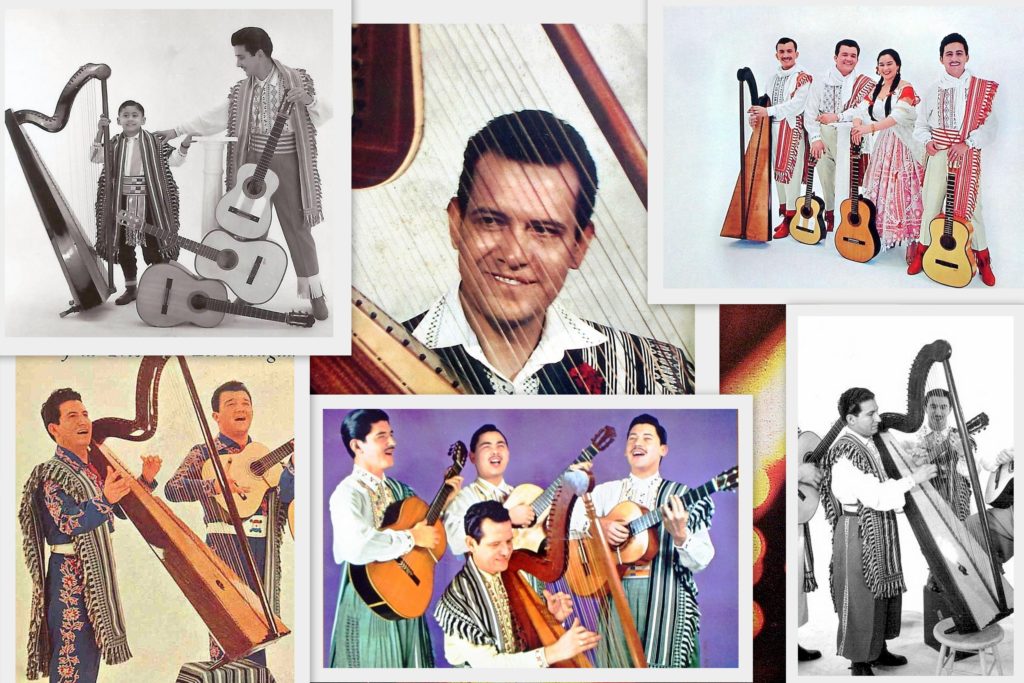
In September, the Concertzender started a series of programmes about harpists from Paraguay. This series is to be continued in the coming months, so that you can continue to enjoy this special music. It was long believed that every Paraguayan could play the harp and there are indeed quite a lot of Paraguayan harpists
What is it about Paraguay and the harp? On June 8 2010, President Fernando Lugo Méndez proclaimed the harp to be the official “Symbol of the Musical Culture of Paraguay”. At that time, the instrument already had a long history in Latin America. The Jesuits first brought the instrument from Spain to South America around 1700. Different playing styles developed in a number of South American countries such as Mexico and Venezuela, but especially in Paraguay.
Revolution
In Paraguay, the harp had reached its perfect form around 1950 and had also became well-known in Europe by this time. Hundreds of ensembles from Paraguay traveled to Europe and other parts of the world of which Trío Los Paraguayos became the best known. All the folk music from Paraguay used the harp and the instrument had become an indispensable aspect of this music. Yet even in Paraguay progress could not be stopped and the harp was in danger of being replaced by the electronic keyboard. However, this was not to be allowed to happen and the combined forces of propaganda, education and festivals stressed the importance of the harp and eventually led to the proclamation of June 8 2010.
While it was said that every Paraguayan can play a harp (which is of course a bit of an exaggeration) many of them are musical and the country buzzes with ensembles that include a harp, or sometimes an accordion, as the main instrument. In the coming programmes we will feature as many renowned harpists from Paraguay as possible. However if we only included a quick solo from each of them, the series could quickly become quite monotonous. So we will be looking for music that also puts the ensembles in the spotlight and in which (at least that is the plan) the vocals will also play a major role. We’ll start somewhere around 1950 and we’ll see where it ends. There is plenty of choice!
Programme: Exitos musicales
The programme is made by Henk Braaksma








